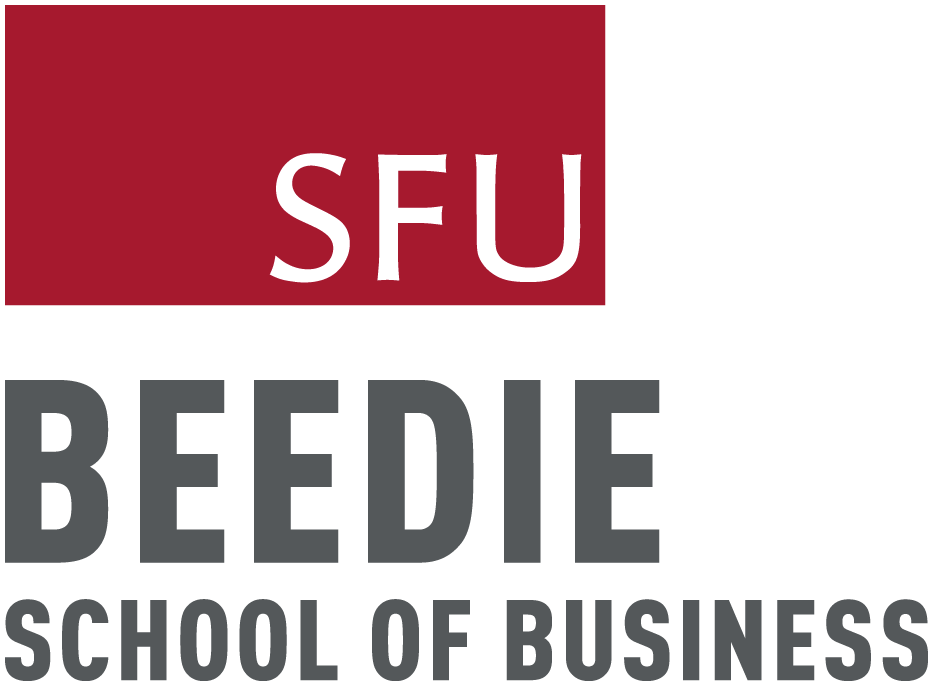This week I’ve been busy baking gingerbread cookies (a secret family recipe) and preparing for a slew of holiday parties. And I find myself wondering… how is it December already?!
As a communicator, I’ve spent the year trying new technology and tools to tell compelling stories. That’s why we’re celebrating the end of 2018 with a review of the top 8 communication trends for the year!

1. Diversity & Inclusion
Today’s millennials and Gen Xers want to shop at companies whose values align with their own: equal rights regardless of gender, sexuality, race, etc. Nike’s viral ad featuring Colin Kaepernick is a perfect example of this. In the 2016-2017 NFL season, Kaepernick bent down on one knee during every game’s U.S. national anthem to protest against racial inequality and police brutality. By featuring Kaepernick in their ad, Nike sent a clear message: they support those who fight for equal rights. The company’s bold stance paid off. Not only were there large gains in sales revenue, the stock reached an all-time high by mid-September.

Another example of inclusive communication is MECs recent “Gift ideas for them” blog post, which focuses on offering non-binary gift-giving ideas.

This sign was at Lululemon in Pacific Centre Mall. Note the use of the words “partner” and “they.”
2. Video content
2018 saw an increase in the amount of video content organizations are generating. For example, my employer Canadian Western Bank (CWB) includes a video segment in the staff e-newsletter. Each month, executives chat about company initiatives such as expanding leadership diversity at CWB. Employees have really enjoyed the videos. There are a few staggering statistics that back up this trend:
- Viewers retain 95% of a message when they watch it in a video compared to 10% when reading it in text
- Audiences spend a third of their time online watching video
- The average user spends 88% more time on a website with video

Not all organizations have jumped on the video bandwagon yet – it’s not easy to do well. But for those willing to source the talent and resources required, it’s clear there are big payoffs.
3. Instagram Stories
Instagram Stories made a big splash this year with users taking photos or videos that disappear 24 hours after they are posted. In today’s hyper-connected world, Stories fill consumers’ need for instant updates and continuously fresh content.

In fact, over 300 million people use Instagram stories every day. Stories have a few great features, including the ability to add hashtags, polls, and links (if you have 10,000+ followers or a verified account). Many companies use Stories strategically, including:
- The Food Network – to showcase recipes
- HelloBC – to compile a listicle of travel destinations, and
- Dynamite Clothing – to give shoutouts to users that post photos wearing their outfits
- IABC/BC – We also got in on this trend to highlight our events and communicators, with copious amounts of The Office gifs included!
4. Content Marketing
Organizations are taking steps to be seen as a “thought leader,” or go-to expert in their industry.

They accomplish this by contributing content that educates, inspires, and influences others in the field. For instance, financial organizations publish regular market outlooks and financial planning tips. Again, there is strong evidence to back up this trend: 83% of B2B buyers find thought leadership indispensable when making a purchasing decision.
A subset of content marketing is sponsored content, which helps to reach a wider consumer base by using another organization’s established channels. The best local example of this is Daily Hive Vancouver, which regularly partners with brands to share sponsored content on restaurants, hotels, and more.
5. Humour
For some time, Wendy’s has been infamous for its witty tweets. The company even uses Twitter to roast its competitors:

This year we saw many other companies using humour to build a following and engage with customers. For example, a U.K. mall faced a potentially damaging situation when a shopper rearranged the polar bears from their Christmas displays into a lewd position. Instead of simply apologizing, the mall turned the situation around by poking fun at the “interactive” display. They even shared a photo of a polar bear cub wearing a onesie, suggesting the bear was conceived by its frisky parents. The resulting media coverage went viral and was a trending story in Canada.

6. Mobile-friendly content
In 2018, 52.2% of all worldwide online traffic was generated through mobile phones.

Companies are placing a stronger emphasis on optimizing their websites for cell phones and tablets – namely, that they load quickly and are easy to read and use. The importance of having a website with a strong mobile version was highlighted in March when Google announced they were rolling out mobile-first indexing. (This means they’ll use the mobile version of the page for indexing and ranking.)
Companies also cater to mobile users through apps. For example, it’s critical that companies like Uber and Lyft (sorry, Vancouver) have an app since users are on-the-go.
7. Influencer marketing
While influencer marketing has continued to play a role, companies need to be careful with the influencers they select. If the influencer truly believes in the brand they are promoting, the message will come across as authentic. For example, I’m a corgi fanatic and the Instagram account @ralphthecorgi has advertised for Dyson. This rings true to their followers, given Ralph’s owners have a vested interest in keeping their house furball-free.

If the influencer isn’t a natural fit for a cause, this can cause serious backlash (look no further than the Pepsi/Kylie Jenner ad disaster of 2017 for proof).
8. Artificial Intelligence
When you hear the term “artificial intelligence”, do you picture a world run by robots?

Fear not! AI isn’t likely to take communicators’ jobs away – but it does make it much easier to gather data on a large population. From this data, companies can personalize user experiences. This is huge considering 80% of customers are more likely to buy from an organization that provides personalization. AI is used in various ways including voice search (think Google Home or Amazon Alexa), customized content (sequential ads, personalized landing pages), and chatbots (for customer service). In March, BMO launched chatbots on Facebook and Twitter that can field customer questions.
Which trends do you think dominated in 2018? We can’t wait to see what the new year brings!


















